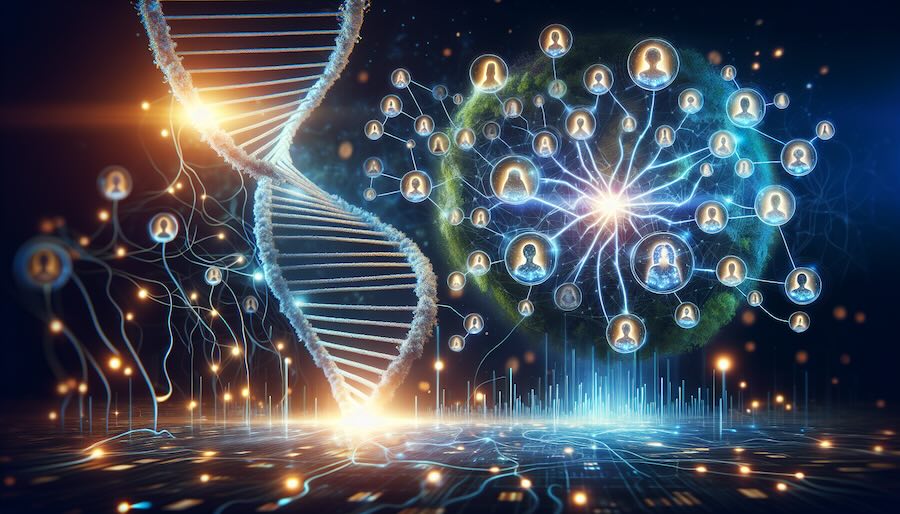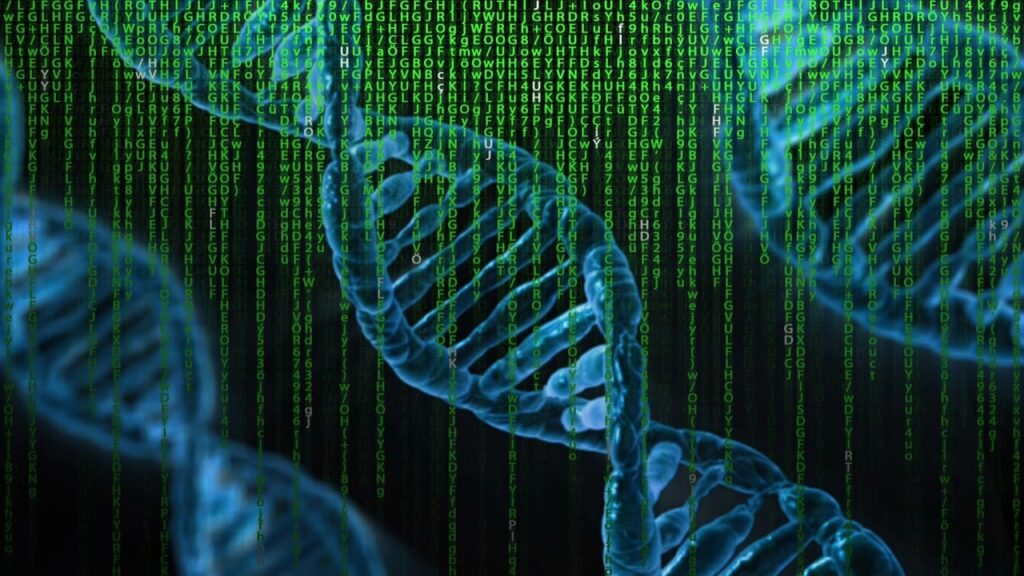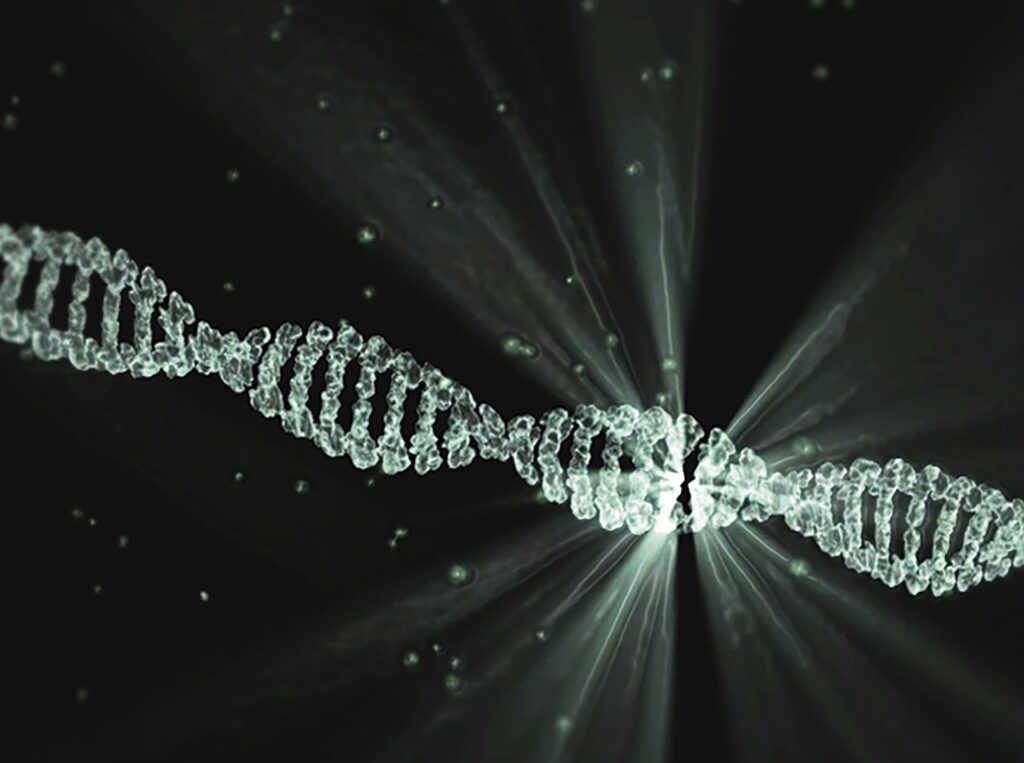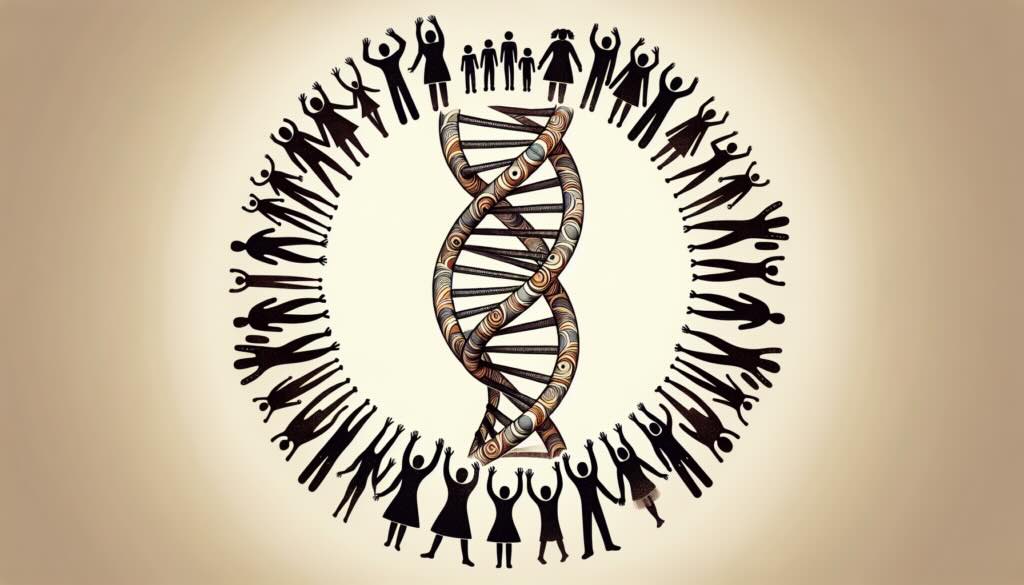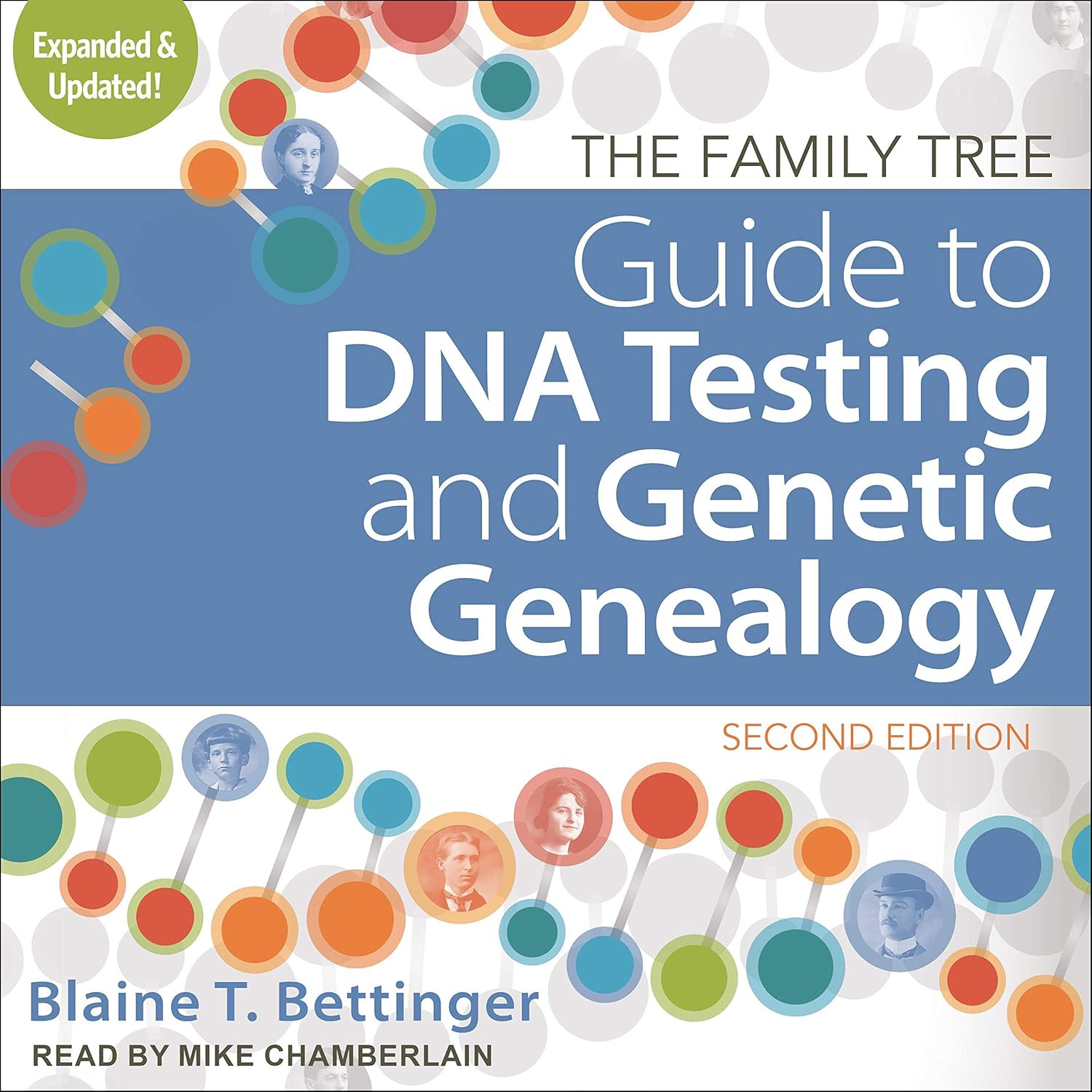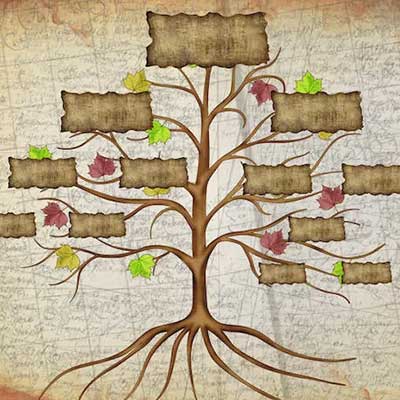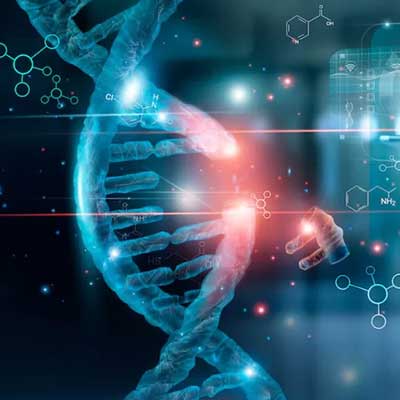- Home
- Best DNA Testing Kits
- Dna Family History
DNA Family History
Are you curious about your DNA family history, looking to uncover stories and links that connect us all? Now is your opportunity to join an exciting adventure as we uncover the fascinating world of DNA! In this article, we will delve into DNA testing's wonders while untangling genetic mysteries within yourself to reveal how tracing heritage through your DNA family history can open doors into your past and reveal a tapestry of rich ancestry awaiting discovery!
Have You Wondered About Your Ancestors Or Lost Relatives By DNA Analysis? Have You ever been curious about where your ancestors came from or whether there are any long-lost relatives? With advances in science and technology, DNA testing offers unprecedented insight into family history. In this article, we'll look at DNA, the types of tests available, and the benefits of using it to discover your family tree.
What is DNA?
Deoxyribonucleic acid, more commonly referred to as DNA, is one of the fundamental building blocks of life and is found in almost every cell in our bodies. DNA encodes our genetic information governing characteristics like eye color, height and even susceptibility to specific health conditions such as predisposition. DNA's double helix structure contains four chemical bases known as Adenine (A), Thymine (T), Guanine (G) and Cytosine (C), creating our genetic code.
DNA Family History Testing
DNA testing entails analyzing specific regions of an individual's DNA to gain insight into their ancestry, family connections and possible health risks. This process uses techniques such as saliva or cheek swabs for DNA extraction and analysis. Below, we explore all aspects of DNA testing more fully.
DNA Structure and Composition
To understand DNA testing, it is necessary to have an in-depth knowledge of its structure and composition. As I said earlier, DNA is composed of two intertwined strands interconnected by sugar-phosphate backbones with nucleotide bases attached - Adenine always pairs with Thymine, while Guanine always matches Cytosine (C). This base pairing mechanism ensures replication and the integrity of genetic code.
Types of DNA Tests
Regarding DNA testing for genealogy purposes, various tests provide specific details about various aspects of your ancestry. Let's discuss three of the most frequently utilized DNA tests:
Autosomal DNA testing is the go-to choice for genealogists looking for clues to their family tree. By analyzing our 22 sets of autosomes inherited from both parents, this testing can uncover information on your recent family history (typically up to five or six generations back); by matching up autosomal DNA samples against large databases of individuals' DNA profiles, you can discover relatives and estimate genetic ties between people.
Mitochondrial DNA Testing
Mitochondrial DNA (mtDNA) testing focuses solely on genetic material passed down through your maternal lineage rather than through autosomal DNA transmission. Although changes to maternal mtDNA change more slowly than their autosomal counterpart, mtDNA gives a unique glimpse of your ancient maternal heritage and lineage dating back thousands of years. This type of DNA test can accurately identify your ancient maternal lineage.
Y-DNA Testing
Y-DNA testing identifies and examines the Y chromosome, passed exclusively from fathers to sons. This type of testing can provide invaluable insight into your direct paternal lineage; you could discover potential cousins and gather valuable genealogical info, especially those involved with surname studies or deep paternal relationships
How DNA Testing Works
DNA testing entails multiple steps, from sample collection to data analysis. While each testing provider's procedure may differ slightly, generally speaking, it should involve:
Sample Collection: When taking DNA samples, noninvasive means like saliva or cheek swabs are used to collect them before sending them to a laboratory for processing.
DNA Extraction: Laboratory technicians often employ cutting open cells and extracting the DNA separately from other cellular components to gain access to it for analysis.
DNA Amplification: Once extracted DNA has been isolated, it must be amplified to obtain enough for analysis. The Polymerase Chain Reaction (PCR) technique makes multiple copies of it using chemicals that release heat when exposed to certain types of radiation.
Analysis of Amplified DNA: Once DNA has been amplified, it undergoes analysis with advanced genetic sequencing technologies. This comparison allows ancestry estimation and potential relatives' identification.
Data Interpretation: Once the analysis is completed, your results are interpreted to provide meaningful insight into your ancestral origins, potential genetic connections, and other pertinent details.
The Benefits of DNA Family History
I want you to know that discovering your DNA family history offers numerous advantages. Let's examine some of these compelling benefits of exploring your genetic ancestry:
Tracing Ancestry
One of the primary goals of DNA testing is tracing one's ancestry. By exploring your DNA, you can uncover their geographical origins and gain greater insight into your heritage. DNA testing may reveal surprising information about the ethnic background or migration patterns of your ancestors that gives a more complete picture of family history.
Discovering Genetic Connections
A key benefit of DNA testing is discovering genetic ties with relatives you never knew existed. By comparing your DNA against large databases, DNA can lead you directly to relatives you may never have met or even heard about - an experience that can open doors to reconnecting with long-lost family members, sharing stories, and developing relationships in ways never thought possible.
Delving into your DNA family history can be an exciting and illuminating journey filled with unexpected discoveries about yourself and new connections to relatives you never knew you had. Thanks to advances in DNA testing, we now have access to tools that allow us to unearth our genetic history and gain more of an understanding of who we are and our origins. Whether your motivation for undertaking this adventure lies within curiosity, reconnecting with roots, or exploring family histories more generally - DNA testing holds so much information ready for discovery that may surprise and delight. So take the plunge and embark upon this extraordinary adventure, and who knows what extraordinary discoveries await?
